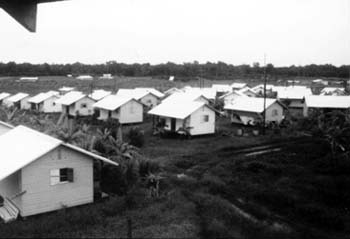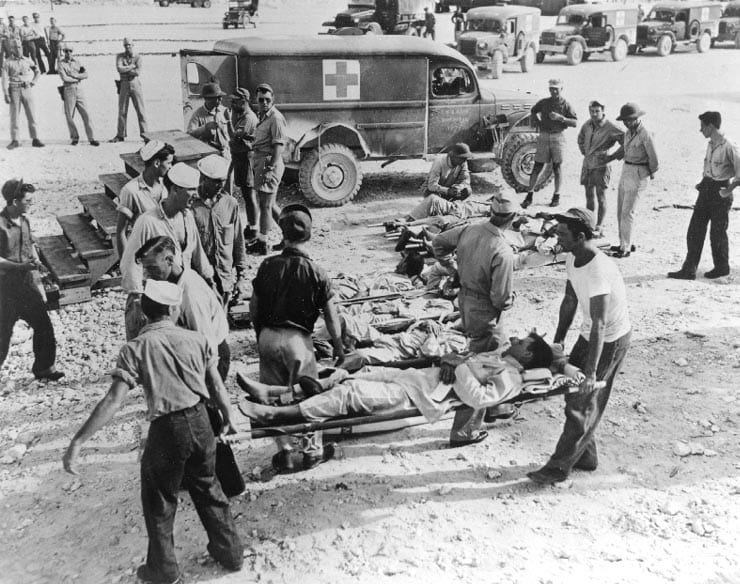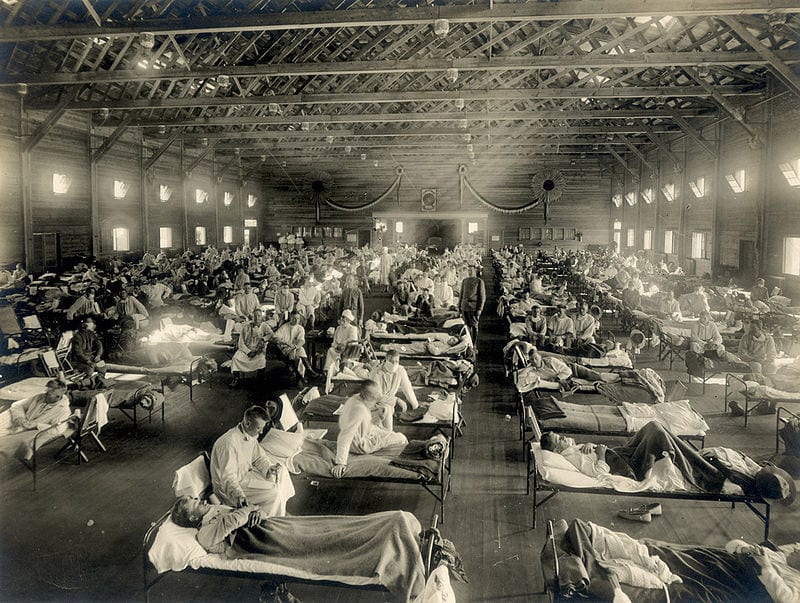There are no shortage of tragedies in human history, but some – like the 10 below – continue to permeate international culture even today.
Below are 10 details you might not have known before now, shared in the hopes that we never have to repeat these parts of the past.
10. 19 people once died in a hot balloon incident.

Image Credit: Christopher Michel
The balloon, loaded with tourists on a sight-seeing trip, caught fire over Luxor, Egypt in 2013.
Only the pilot and 1 passenger survived.
9. Not everyone at Jonestown “drank the Kool-Aid” voluntarily.

Image Credit: The Jonestown Report
Many believe the event there, which saw 900 people (including nearly 100 children and elderly) dead after ingesting poison, was a mass suicide event.
Survivors have disclosed, however, that many were force-fed the beverage, making it mass murder, instead.
8. In 1816, there was no summer.

Image Credit: NASA
The eruption of Mount Tambora caused a volcanic winter.
Severe weather across North America, Europe, and Asia called famine, flooding, food riots, and disease outbreaks.
It snowed in June – and more than twice as many people lost their lives as in a normal year.
7. Hurricanes didn’t always have names.

Image Credit: NASA
The U.S. Air Force started naming them using the phonetic alphabet in 1947; they started receiving people’s names in the 1950s.
6. The earthquake that killed over 800,000.

Image Credit: Wikipedia
The Shaanxi earthquake erupted in 1556 and killed over 830,000 people in China.
5. The largest loss of life at sea was 879 people in a single wreck.

Image Credit: Wikipedia
The USS Indianapolis sank in 1945 after being torpedoed by a Japanese submarine during the war.
It sank in just 12 minutes, resulting in the survival of only 317 of its 1196 crewmen.
4. How the Spanish flu got its name.

Image Credit: National Museum of Health and Medicine
Governments in the US, UK, France, and Germany worked to suppress reporting of the pandemic.
So the press out of Spain, free to report on the tragedy, made it seem as if that country was hit the hardest.
3. That push bar on exit doors has a dark origin story.

Image Credit: Barliner
You know how exit doors in public places open by simply pushing on a bar?
That’s because in 1883, 183 children died when they weren’t able to open the bolt on an exit door to escape a stampede at Victoria Hall.
It’s actually called a “panic bar.”
2. The Great Smog of London

Image Credit: N.T. Stobbs
Air quality has been an issue for Londoners since the 13th century, but in 1952, a smog event blanketed the city with yellow-black smoke that dropped visibility to a few feet and lasted four days.
12,000 people died from resulting lung and respiratory tract infections.
1. The deadliest incident in a theatre saw the demise of more than 600 people.

Image Credit: Charles N. Landon
It happened at the Iroquois Theatre in Chicago, which in 1903, had no exit signs and no emergency lighting.
Other contributing factors were ornamental doors that didn’t open and blocked stairways meant to keep people from jumping to more expensive seats.






